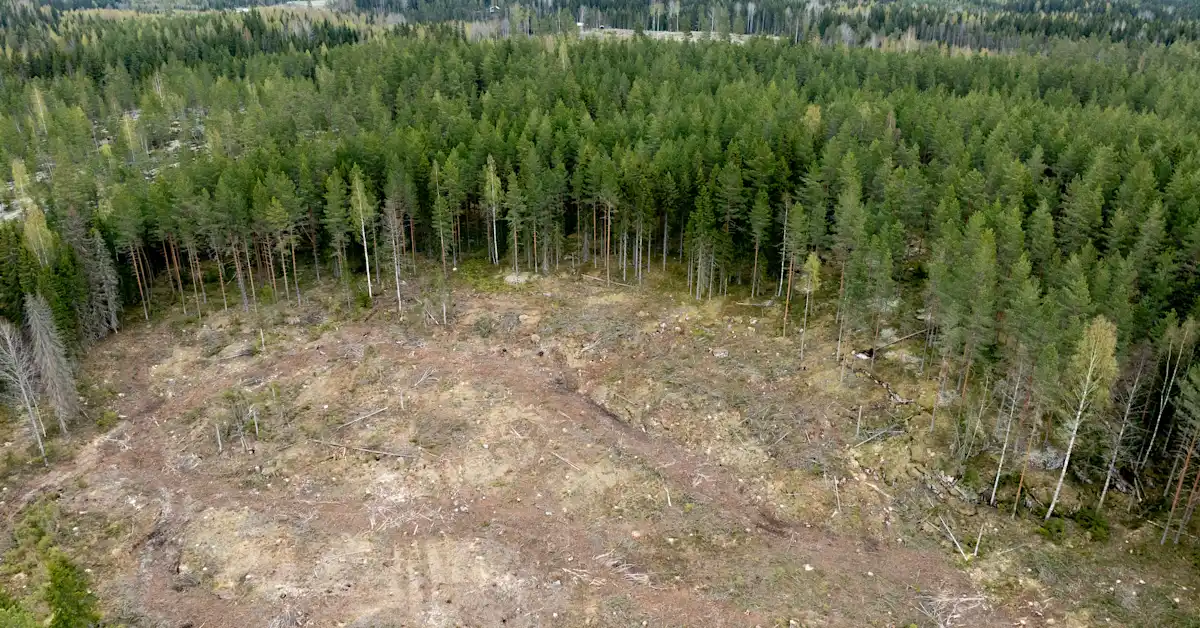The Ministry of Agriculture and Forestry has unveiled a broad package of measures aimed to boosting forest growth and pollution-absorbing carbon sinks.
The moves will help Finland reach its goal of carbon neutrality by 2035, as required by law and stipulated in the government programme, ministry officials said on Friday. The agency is led by Minister of Agriculture and Forestry Sari Essayah, chair of the Christian Democrats.
The government of Prime Minister Petteri Orpo (NCP) approved the financing of forest-related climate measures during its mid-term policy review session last spring and in its second supplementary budget of 2025.
Sharp cracks have emerged in the cabinet’s approach to emissions-cutting measures.
On Thursday, Finns Party deputy chair Teemu Keskisarja said that his party, the second-largest in the government and in Parliament, would not support the EU emissions target. The party opposes restrictions on logging, citing potential job losses.
A day earlier, Climate and Environment Minister Sari Multala (NCP) announced that Finland backed the EU plan.
Boosting forests’ ability to soak up emissions
The measures put forth on Friday are intended to bolster forest growth and carbon sinks to help mitigate future forest damage due to the inexorable impacts of climate change.
They include moves to step up fertilisation of forests and expansion of the forest cover in an effort to increase carbon sequestration, in other words woodlands’ capacity to absorb and store carbon from emissions that would otherwise add to contribute to global warming.
The package includes legislative amendments and financial instruments as well as communications and advice aimed forest owners and others in the forest sector.
“The package will support the achievement of the objectives of the Climate Act and the implementation of the National Forest Strategy,” the ministry said in a press release.
That strategy was initially adopted by the government in early 2015, during the brief premiership of Alexander Stubb (NCP), now Finland’s president. It specifies the main objectives for forest-based business and activities through 2025 and was last updated in 2019.
The forestry ministry has set up a committee to prepare amendments to forest legislation.
Restoring lost peatlands
The government has also earmarked more money for an incentive scheme to increase ash fertilisation to help restore peatlands, many of which were drained in the past to create farmland and tree plantations – but whose efficiency in absorbing carbon is now sorely needed.
The aim is to increase such efforts from the present 11,000 hectares to 40,000 hectares annually.
Meanwhile, a new two-year aid scheme is aimed accelerating the increase in woodland surface areas. Landowners will be encouraged to plant forests on farmlands that are no longer in agricultural use or have low yields, for instance.
Forest owners and others in the industry will also get more information on preparing for forest damage and other impacts of climate change, and how to manage these risks proactively.
The aim is to “promote access to information that takes climate risks and impacts into account, and the capability of forest owners to manage their forests in a way that is both profitable and sustainable,” the ministry said, promising to announce more details on the project in August.
